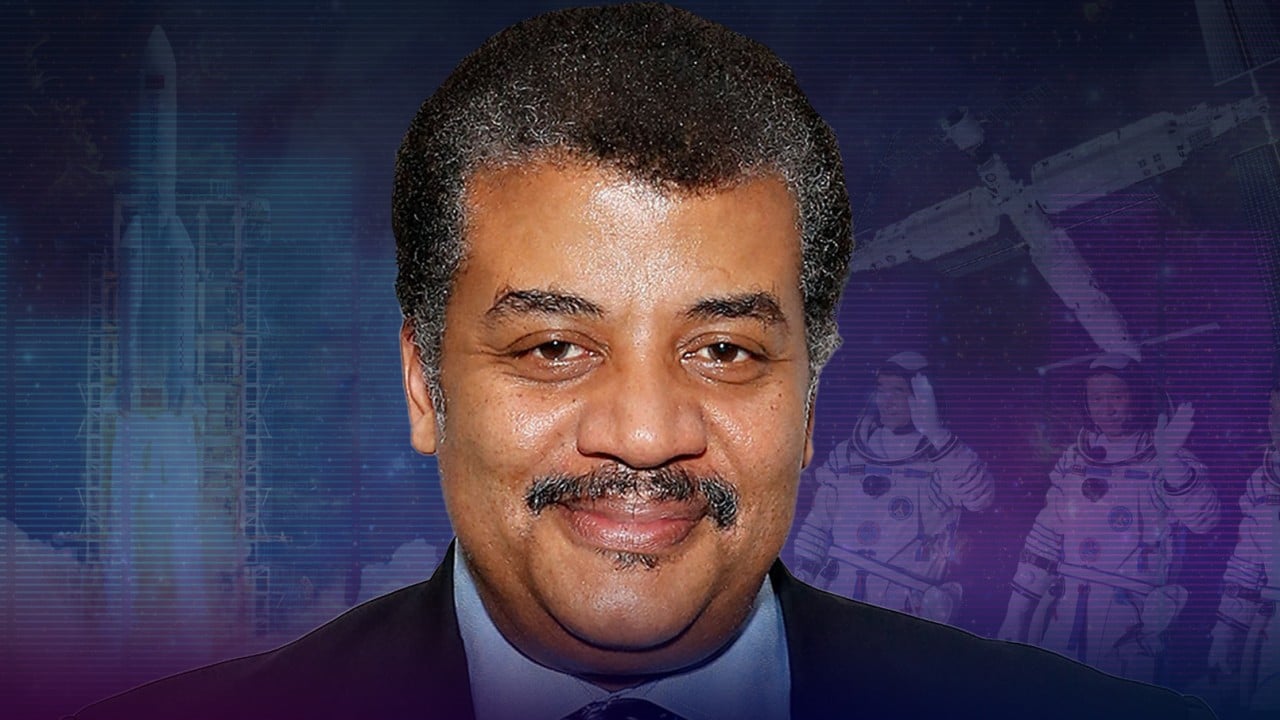
China’s space station will run high-energy beam experiment for controversial solar power plant: chief scientist
- Tiangong expected to play a key role in China’s space solar power station project by providing a testing platform for high-voltage electric devices
- Space power station could point beam to almost any location, making it an ideal to power military equipment or remote outposts, says project team
Some space scientists have suggested Tiangong – the largest infrastructure in orbit owned and run exclusively by a single country at present – can change the pace or direction of the space race.
Yang Hong, chief designer of the space station, told a conference in Wenchang, Hainan, on Tuesday that Tiangong would play a key role in China’s space solar power station (SSPS) project by providing a testing platform for high-voltage electric devices and in helping assemble ultra-large structures.
In a lecture at the conference attended by space scientists and engineers from around the world, Yang said the space station had the resources and capability to do demonstrations, “verify key technologies, accelerate technological breakthroughs and accumulate in-orbit experimental data” for the SSPS project.
He said these would help China meet its peak carbon and carbon neutral goals.
A paper published by the project team in the journal Chinese Space Science and Technology in June reported that the full-sized Chinese space solar power plant would be a 1km-wide structure beaming gigawatt-power microwaves to Earth from a distance of 36,000km (22,4000 miles).
Unlike traditional solar farms that work only during the day, the space-based solar array would collect and transmit energy 24 hours a day, it said.
The microwave beams could penetrate clouds and be picked up by an antenna on the ground to generate electricity.
Operating in the geostationary orbit, the space power station could direct the beam to almost any location, making it an ideal candidate to power military equipment or remote outposts, the team said. However, some researchers have also speculated that the beam could be used as a weapon.
The European Union and many countries, including Japan, Britain and the United States, have launched research programmes to develop similar technologies.
China is developing new nuclear system to power moon base
But there is debate in the scientific community around whether the microwave beams will damage communications, human health or the environment.
Yang said the Chinese space station would get involved in a number of critical experiments to bring the space power plant from science fiction to reality.
Some external portals on the station were designed to have high-powered electrical equipment plugged in, he said.
However, the generation of a strong electric current and conversion to microwaves will produce excessive heat and many other problems, which are not easy to solve in the space environment.
The space station is an ideal platform for China to evaluate the long-term performance of the new technology and equipment in orbit, Yang said.
The Chinese space scientists also plan to use cargo ships – which are usually left to burn in the atmosphere after a mission – as a basic component to build the solar power plant. Using several robotic arms, Tiangong could join up a number of cargo ships and some extra solar panel units to create a prototype power plant.
This mini power plant, after rising to an orbit 100km above the space station with ion thrusters for safety, would conduct experiments to verify technologies for the full-scale plant, including microwave energy transmission and powering up an allied satellite with a high-energy laser beam, according to a slide show Yang presented to the conference.
China plans to conduct the first space-to-Earth energy transmission experiment over the next few years. A small space power plant that can supply electricity to remote military outposts will be up and running by the 2030s, while commercial power generation is expected to start in the 2050s.
The US Air Force also plans to launch a solar-powered satellite in 2025 that will be capable of producing and sending focused microwave beams from near-Earth orbit.
Some studies have suggested that the microwaves – mostly in the same frequency range as those used by a Wi-fi router – will be safe for humans unless a person stepped into a receiving area.
China prepares for mission to space station before landmark crew handover
But how to keep the energy beam aimed at a precise spot on Earth over a distance of tens of thousands of kilometres remains a major challenge, according to scientists involved in these projects.
Some researchers also warned that persistent, intense energy transmission between space and Earth could cause disturbances in the ionosphere that could lead to unexpected impacts on the Earth’s environment.



